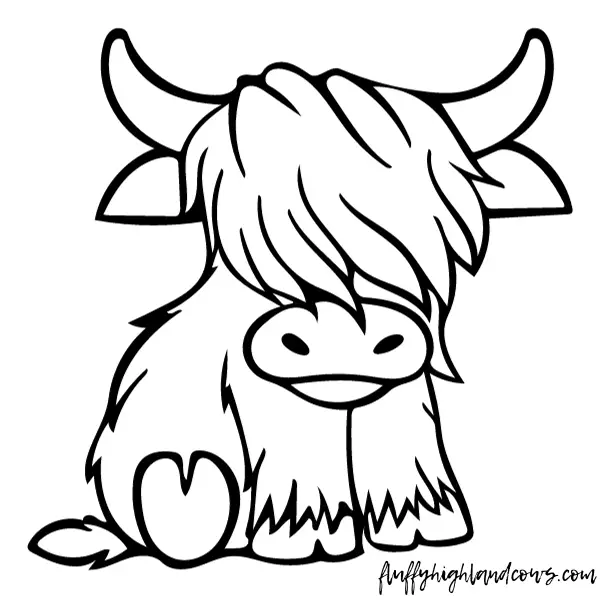Highland Cattle: An Ancient Breed Making a Comeback in America
In the vast landscapes of America, an ancient breed of cattle is making an unprecedented comeback. Highland cattle, known for their distinctive horns and shaggy coats, are becoming a new favorite among today’s beef farmers. Originating from the rugged Highlands and west coastal islands of Scotland as early as the 6th Century, these cattle are not only surviving but thriving in the modern agricultural scene.
Highland cattle were traditionally categorized into two distinct classes based on size and color. However, today, they are recognized as one breed available in a variety of colors including traditional red and black, as well as yellow, dun, white, brindle, and silver. Their unique appearance, characterized by long horns and a shaggy coat, is just the beginning of what makes Highland cattle so special.
Josh Krenz, president of the American Highland Cattle Association and a farmer raising about 40 head of Highland cattle on his Windland Flats farm in Princeton, MN, shares his insights into the breed’s growing popularity. “They are traditionally known for being docile and they have high-quality meat that is low in fat and low in cholesterol,” Krenz explains. This combination of temperament and meat quality, along with their exceptional mothering instincts and easy calving, makes Highlands an attractive choice for farmers.
The Highland Performance Program highlights the breed’s remarkable characteristics, noting an average birth weight of 56 to 70 pounds and a 97% rate of unassisted calvings. Their horns, often misunderstood as signs of aggression, are primarily used for protection, with the breed scoring high on docility in handling tests.
One of the breed’s most notable features is its double-layered coat, which allows it to withstand the harsh winters of the northern United States. This thick hair also contributes to the lean quality of Highland beef, confirmed by a University of Missouri study to be lower in cholesterol than other beef varieties.
The resurgence of interest in Highland cattle began around ten years ago, initially fueled by their popularity in art and home decor. The COVID-19 pandemic further accelerated this trend as concerns over food supply chains prompted more individuals to consider raising their own beef. Today, Highland cattle are not only sought after by hobby farmers but are also attracting mainstream cattle producers through advancements in artificial insemination and embryo technology.
For those interested in joining the growing community of Highland cattle enthusiasts, Krenz advises purchasing directly from an American Highland Cattle Association (AHCA) member. The AHCA, celebrating its 75th year, is the only internationally-recognized Highland registry in the U.S., ensuring the integrity of the breed. Prospective buyers can utilize the AHCA’s website and new mapping tool to find registered members and cattle for sale.
As Highland cattle continue to make their mark on the American agricultural landscape, their ancient lineage, combined with their adaptability and the quality of their meat, positions them as a breed not just of the past, but of the future.

